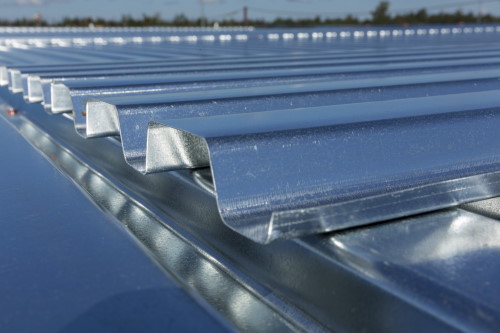Advanced Slitting Line Machinery for Silicon Steel Processing and Precision Cutting
The Development and Functionality of Silicon Steel Slitting Line Machines
Silicon steel plays a crucial role in the manufacturing of electrical devices, particularly in the production of transformers, motors, and generators. Its unique magnetic properties, which allow for efficient energy transfer and minimized energy losses, make it an ideal component for various electrical applications. To meet the growing demand for silicon steel in diverse industries, the development of advanced manufacturing processes and equipment is essential. One of the most critical pieces of equipment in this domain is the silicon steel slitting line machine.
A silicon steel slitting line machine is specifically designed to cut large rolls of silicon steel into narrower strips or sheets that can be easily utilized in manufacturing processes. Slitting is an essential step in the processing of silicon steel as it allows for the creation of custom-sized materials that meet the specifications of different applications. This machine not only enhances production efficiency but also ensures precision and reduces material waste.
The operation of a silicon steel slitting line machine involves several steps, beginning with the unwinding of the large coil of silicon steel. The machine is equipped with unwinders that securely hold the coil and control the tension of the steel during the slitting process. Once the coil is unwound, it passes through a series of rollers and guides that align it for cutting. The heart of the slitting line is the slitting knives, which are typically made of high-speed steel or carbide to withstand the rigorous demands of cutting ferrous materials.
After the slitting knives have done their job, the steel strips are collected and rewound into smaller coils or straightened for further processing. Most modern silicon steel slitting line machines are equipped with advanced technology such as automatic tension control, laser alignment systems, and digital control panels. These features enhance the precision of the slitting operation, minimize human error, and ensure a consistent product quality.
silicon steel slitting line machine

Moreover, the design of silicon steel slitting lines has evolved to accommodate higher production speeds and various thicknesses of silicon steel. Current machines can efficiently handle thicknesses ranging from as thin as 0.1 mm to larger dimensions without compromising performance. This versatility makes slitting lines an essential investment for manufacturers looking to diversify their operations or respond to specific market demands.
Besides its technical functionalities, the silicon steel slitting line machine also enhances the overall safety of the work environment. With integrated safety features such as emergency stop buttons, safety interlocks, and protective guards, operators can work confidently and mitigate the risks associated with machine operation.
Furthermore, environmental considerations have also influenced the design and operation of silicon steel slitting lines. Many manufacturers are now focusing on energy-efficient machines that minimize energy consumption during the slitting process. Additionally, advancements in technology are leading to better waste management practices, as decreased material waste contributes to more sustainable manufacturing practices.
In conclusion, silicon steel slitting line machines play a vital role in the manufacturing chain of silicon steel products. Their ability to cut and process silicon steel efficiently and precisely positions them as indispensable tools in various industries, from electrical engineering to automotive manufacturing. As technology continues to progress, we can expect even more enhancements in slitting line design, operation, and sustainability, paving the way for a more efficient and eco-friendly future in metal processing.
-
Roof Panel Machines: Buying Guide, Types, and PricingNewsJul.04, 2025
-
Purlin Machines: Types, Features, and Pricing GuideNewsJul.04, 2025
-
Metal Embossing Machines: Types, Applications, and Buying GuideNewsJul.04, 2025
-
Gutter Machines: Features, Types, and Cost BreakdownNewsJul.04, 2025
-
Cut to Length Line: Overview, Equipment, and Buying GuideNewsJul.04, 2025
-
Auto Stacker: Features, Applications, and Cost BreakdownNewsJul.04, 2025
-
Top Drywall Profile Machine Models for SaleNewsJun.05, 2025








